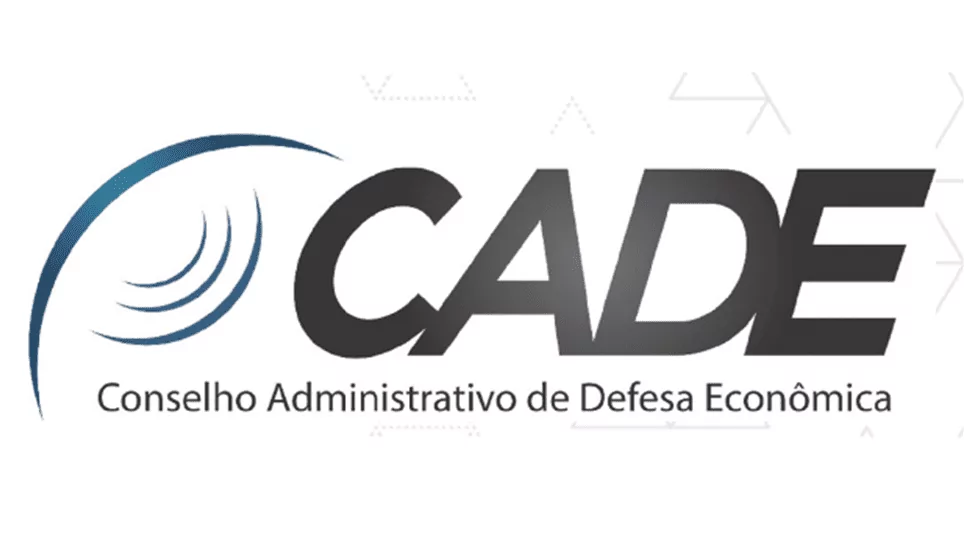Proposal is unlikely to be included in final statement of finance ministers’ meeting in São Paulo
02/29/2024
/i.s3.glbimg.com/v1/AUTH_37554604729d4b2f9f3eb9ad8a691345/internal_photos/bs/2024/s/f/FaZnyqTMS99waGXEmAZg/53557967840-9ea6ed55c3-o.jpg)
Finance Minister Fernando Haddad participated in the meeting via videoconference because he recently tested positive for COVID-19 — Foto: Kelly Fersan/MF
At the opening of the G20 finance ministers and central bankers’ meeting in São Paulo, Brazilian Finance Minister Fernando Haddad defended reframing the globalization model, tackling poverty and climate change as global issues, and supporting tax justice with the creation of a global minimum tax on wealth. However, the government does not expect taxation of the super-rich individuals to be included in the meeting’s final statement.
“We have reached an unsustainable situation,” Mr. Haddad said, citing that the richest 1% of the population own 43% of the world’s financial assets, while they emit the same amount of carbon as the poorest two-thirds of humanity. This situation generated crises, leading the world to “struggle to shape a new globalization.”
According to Mr. Haddad, recent situations such as the 2008 global crisis have revealed the limitations of the current globalization model. “There are no winners in the current crisis of globalization,” said Mr. Haddad. He participated in the meeting via videoconference because he recently tested positive for COVID-19.
“Although poorer countries pay a relatively higher price, it would be an illusion to think that rich countries can turn their backs on the world and focus only on national solutions,” he stated. “We need to understand poverty and climate change as truly global challenges.”
According to Mr. Haddad, inspired by India’s previous experience, the current Brazilian presidency of the group took on the challenge of creating an inclusive G20. In this context, the minister cited the need to advance not only in reforming the global governance and combating poverty and inequality, but also in an effective funding for sustainable development, tax justice, and the chronic indebtedness of many countries.
In the tax front, Mr. Haddad cited the proposal for a global minimum tax. According to him, together with the progress of topics, for example, within the scope of the Organization for Economic Cooperation and Development (OECD), a global minimum tax on wealth could establish a third pillar in international tax cooperation.
“We need to make the world’s billionaires pay their fair share of taxes.”
The proposal for a single global tax for the richest has the support of France. According to French Finance Minister Bruno Le Maire, the Macron administration supports and will work for the rapid implementation of the proposal for a global minimum tax on the richest individuals.
“We are completely committed to accelerating the process of adopting this measure to fight any type of tax planning in the world,” he told reporters.
According to Mr. Le Maire, that would be the third pillar of a new international tax system, which also involves fair taxation of intangible assets and a global minimum tax on large multinational companies.
“I am very happy to see that we have made a lot of progress in this direction towards a more efficient and fair system,” he declared. In France alone, a minimum tax on corporations could produce additional revenue of €1.5 billion per year from 2025 onwards, he said.
Despite French support and the promise of approval by other countries, the Brazilian government says it does not expect the proposal to be concluded in the meeting’s final statement.
“The statement is being drafted,” said Dario Durigan, executive secretary of the Ministry of Finance. “We know the world is going through a tense geopolitical moment. From our point of view, while leading the financial track, it is important to focus on what is important for the economy,” he said, adding that there is consensus around discussions regarding inequality and ecological transformation.
“The statement arises from this economic consensus. We try to avoid other discussions that do not contribute to the economic development. And this is a topic [minimum wealth tax] that, initially, would not be included in the statement,” he said, adding that the document has been drafted “in a simple and straightforward way” together with the other countries in recent days, and that Finance Minister Fernando Haddad has now formally presented Brazil’s proposal.
According to Mr. Durigan, the government will not submit a specific tax rate in its proposal to create a third pillar of international taxation that would create a global minimum tax on wealth. “It is a concept. The dynamics in international forums require more time. It is necessary to encourage support for the idea and, from there, carry out studies, impact studies, to see what could be politically accepted.”
Mr. Durigan said there is a consensus that the world will require funding in different ways, but he pointed out that “the G20 is a complex forum.”
“There are different perspectives, countries with different interests, we know that, but we cannot fail to propose an instrument. The world will need that, it experienced this need in the pandemic, it may experience others. We have seen climate change, which will require responses, and the world needs coordination.”
For Guilherme Mello, Secretary of Economic Policy of the Ministry of Finance, Brazil’s initiative to propose, in the G20, a global minimum tax on wealth is a step forward in the OECD’s agenda to tackle tax evasion by large multinational companies.
“Right now, pillars 1 and 2 of the OECD are being built and made viable, with a minimum tax on the large companies’ earnings. What Brazil is bringing to the debate is a third pillar, on the wealth of individuals. As we have seen in recent decades, there is a booming concentration of wealth in the hands of a few individuals, the super-rich, worldwide.”
The topics Brazil chose for its presidency of the G20, according to Mr. Haddad, arise from the goal of building a new globalization. Brazil has proposed task forces on climate, hunger and poverty, for example.
According to the minister, the global economic situation is challenging, the climate crisis is “a true emergency” and the world has been struggling to reframe a new globalization that has to be “socio-environmental.”
“We are aware that the global economic situation is challenging,” he stated.
Over the past three decades, according to Mr. Haddad, discourses on globalization have oscillated between unbridled optimism and complete denial. Until the global financial crisis of 2008, “global economic integration got mixed up with the liberalization of markets, the ease of labor laws, financial deregulation, and the free movement of capital,” he pointed out.
Meanwhile, “the climate crisis has aggravated, becoming a true emergency.”
“The poorest countries are bearing increasing environmental and economic costs, at the same time that they see their exports threatened by a protectionism surge, as well as a relevant share of their revenues impaired by debt service, in a post-pandemic scenario of high interest rates.”
According to Mr. Haddad, it is crucial to understand climate change and poverty “as truly global challenges to be faced through a new socio-environmental globalization.”
For him, it is paramount to create incentives so that international capital flows “are efficiently targeted towards the best opportunities, which should no longer be set according to immediate profitability, but rather according to social and environmental criteria,” he stated.
“It’s time to reshape globalization,” he defended.
The G20, Mr. Haddad argued, is the forum in which countries can effectively coordinate their economic policies, “so that our efforts can multiply,” he said.
*Por Marcelo Osakabe, Anaïs Fernandes — São Paulo
Source: Valor International

/i.s3.glbimg.com/v1/AUTH_37554604729d4b2f9f3eb9ad8a691345/internal_photos/bs/2024/Q/s/YMFKc0Sby7Qbq9ZntHVg/124a1473-3.jpg)
/i.s3.glbimg.com/v1/AUTH_37554604729d4b2f9f3eb9ad8a691345/internal_photos/bs/2024/5/I/YQkweWS7yMJYtA9J97og/290523g5partners05.jpg)
/i.s3.glbimg.com/v1/AUTH_37554604729d4b2f9f3eb9ad8a691345/internal_photos/bs/2024/9/0/A1bkZmTeuhGhkMePSf1A/040923-carloshiginofotowendersonaraujo-9.jpg)
/i.s3.glbimg.com/v1/AUTH_37554604729d4b2f9f3eb9ad8a691345/internal_photos/bs/2024/w/i/p4pyUVQqWG8UIMf3Ypmw/200318bndes84.jpg)
/i.s3.glbimg.com/v1/AUTH_37554604729d4b2f9f3eb9ad8a691345/internal_photos/bs/2024/5/I/rXgS25TgWUVTcoatO13g/230224renatootranto015.jpg)
/i.s3.glbimg.com/v1/AUTH_37554604729d4b2f9f3eb9ad8a691345/internal_photos/bs/2024/k/w/hgWxcTQ7SWLeAoWnoP9w/eduardo-gomes-edilson-rodrigues-agencia-senado.png)

/i.s3.glbimg.com/v1/AUTH_37554604729d4b2f9f3eb9ad8a691345/internal_photos/bs/2024/A/A/GtgSdTTjyXPAhsRaz3kg/upper.jpg)
/i.s3.glbimg.com/v1/AUTH_37554604729d4b2f9f3eb9ad8a691345/internal_photos/bs/2024/m/W/CpROoUTsGJKLEeJavgPg/231123mannrichevasconcelosadvogados013.jpg)